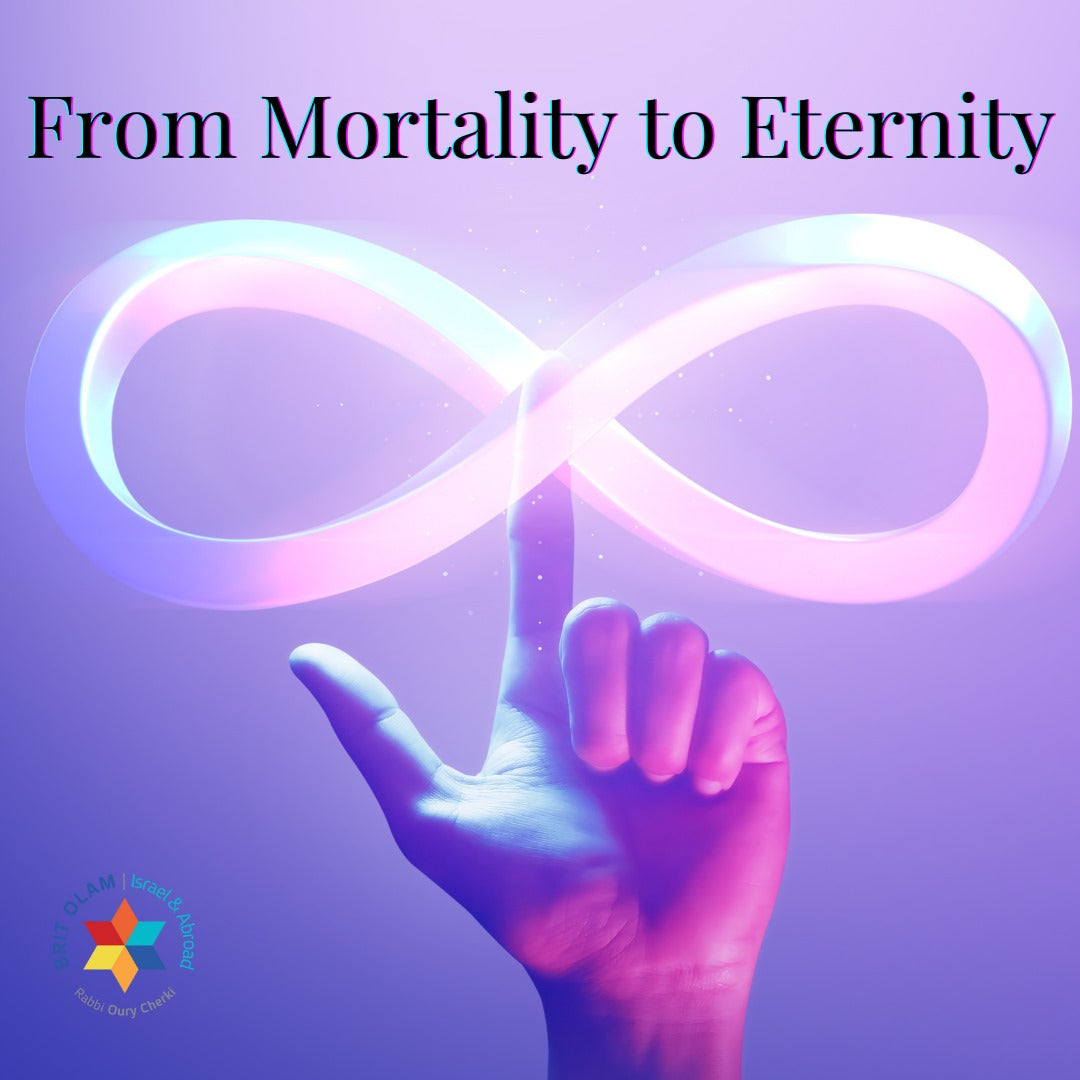How do we count people? And why count them at all? In Parshat Bamidbar Moshe is commanded to count the children of Israel. This act of counting is in its essence a unifying ritual. It brings together all those eligible for the army, creating a sense of collective identity and purpose. In the days of Moses, the thought was that immediately after establishing the Tabernacle, the nation would enter and conquer the land of Israel. Soldiers preparing to conquer the land would naturally understand the need for a census to determine the size of the army. Hence, the Torah instructs us to count.
In this counting, many secrets are revealed. The numbers given by the Torah contain hidden meanings in the gematria (numerical value). But counting people has a depersonalizing effect. Suppose one has a group of 100 people before them. If one leaves and another replaces him, the number remains the same. Therefore, the individual lacks significance and only the collective matters. This tendency is often associated with totalitarian regimes, where the total population matters but individuals aren't considered important.
Conversely, there is also an individualistic perspective. Some civilizations prioritize the individual, making each person's name important — whether they are called Yossi, David, Esther, or Sarah. Each person has a unique identity that cannot be replaced.
This has created significant conflicts between collectivist and individualist societies throughout history.
What is the Torah's position?
When the Torah demands that the children of Israel be counted, it uses a very special expression: “Take the sum of all the congregation of the children of Israel, by families following their fathers' houses; a head count of every male according to the number of their names”(Bamidbar 1:2) .
So, it is both a general number and specific names. In other words, the Torah teaches us that there cannot be a contradiction between the collective and the individual. The collective is truly a collective when it includes what's unique and important about each individual, and the individual has no true meaning without participating in the life of the collective. This harmonious balance between the collective and the individual is what brings true unity and meaning.
Our sages have formulated this as a principle in scriptural interpretation: "A generalization that requires a specification, and a specification that requires a generalization."
A general rule requires specific details to define it, and specific details require a general rule to understand them. Like a tree and its branches, the tree (general rule) supports the branches (specific details), and the branches complete the picture of the tree. A general rule without specific details is meaningless, and specific details without a general rule are out of context. Together, they complete the picture.
Complete unity required that we transcend the individualist and collectivist approaches in order to give higher meaning and purpose to both.



